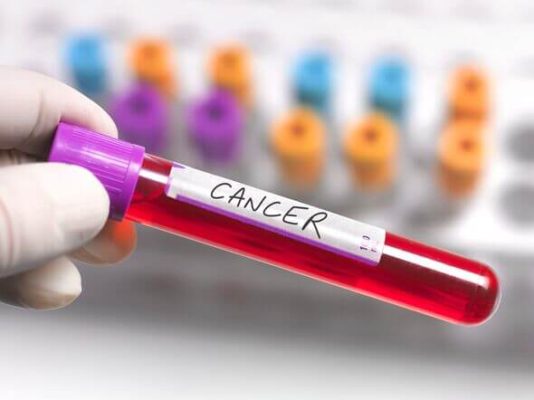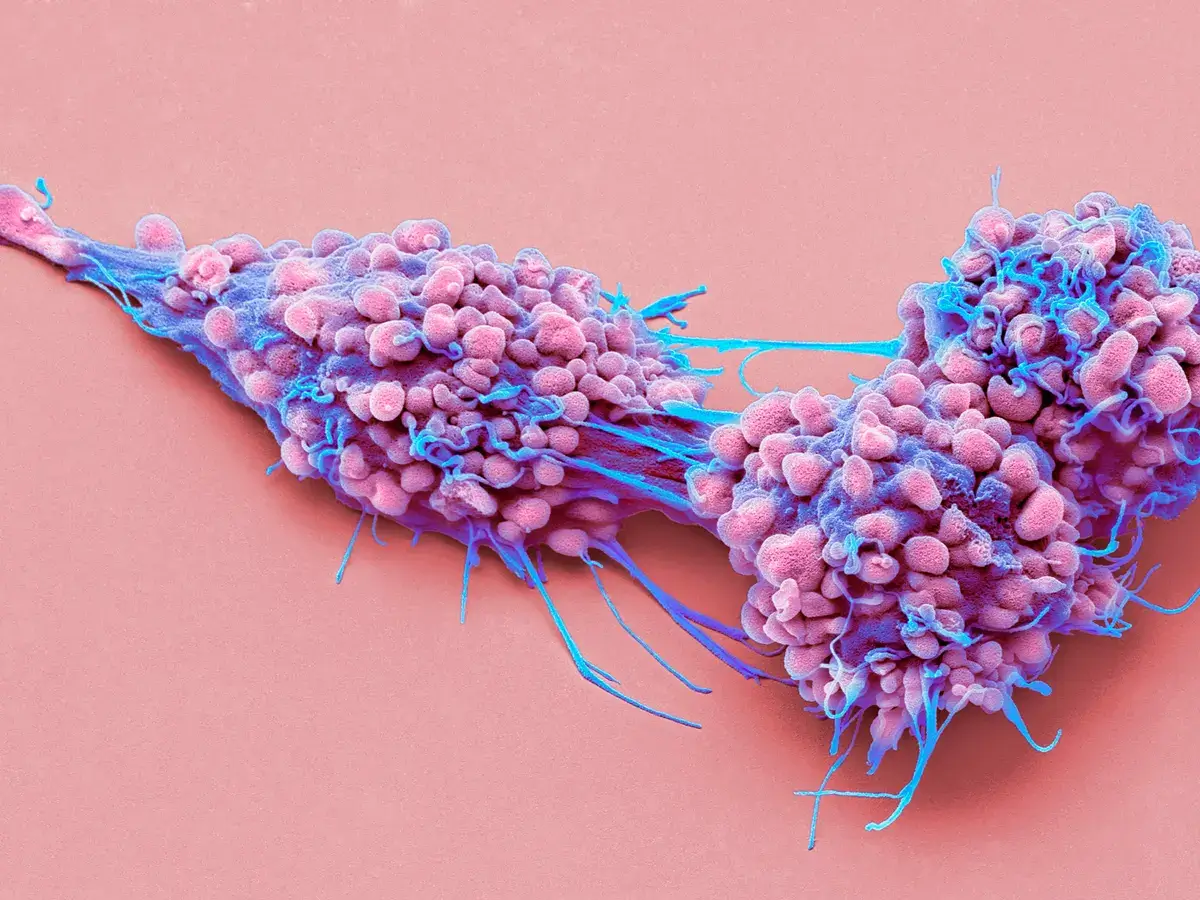Breakthrough Ovarian Cancer Test Shows Potential for Early Detection
A breakthrough ovarian cancer test has emerged that may revolutionize the early detection of ovarian cancer. A disease known for its late diagnosis and high fatality rates.
Epithelial ovarian cancer, which accounts for 90% of ovarian cancer cases. Often goes unnoticed until advanced stages, making treatment challenging and outcomes poor.
The current diagnostic tool for ovarian cancer relies on a blood test measuring the protein CA125. However, this method is not always reliable in detecting the disease.
As evident from a recent population screening program in the UK that failed to significantly reduce ovarian cancer-related deaths.
In an effort to develop a more effective test, a team led by Pan Wang from Peking University in China conducted a study involving 219 women with various types and stages of cancer.
They collected uterine fluid, which contains cells and metabolic products associated with the ovaries and fallopian tubes. And analyzed it using mass spectrometers.
New Ovarian Cancer Test Offers Hope for Early Detection

The researchers focused on 96 women to identify distinct metabolites present in the uterine fluid of those with early-stage ovarian cancer.
They discovered a group of seven metabolites, including amino acids like tyrosine and phenylalanine. That exhibited significant differences in levels, making them potential markers for diagnosis.
Subsequently, the team tested the uterine fluid from the remaining 123 women. Assessing the presence of these seven metabolites along with the CA125 test.
The new test proved highly accurate in identifying early-stage ovarian cancer cases, outperforming the CA125 test and offering the potential for earlier detection.
While the results are promising, further validation in a larger sample is necessary, according to Eric Eisenhauer from Massachusetts General Hospital in Boston.
He highlights the challenge of non-surgical ovarian cancer test for early-stage ovarian cancer and the difficulties encountered in current detection methods.
Eisenhauer expresses enthusiasm for the findings, describing them as promising and holding great potential.





